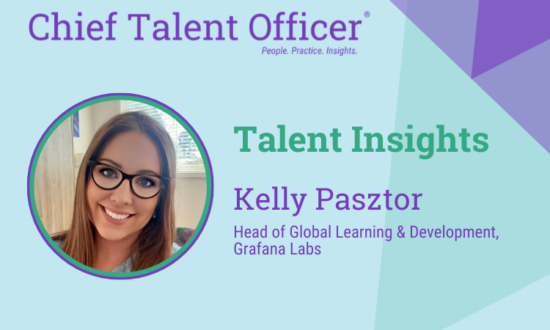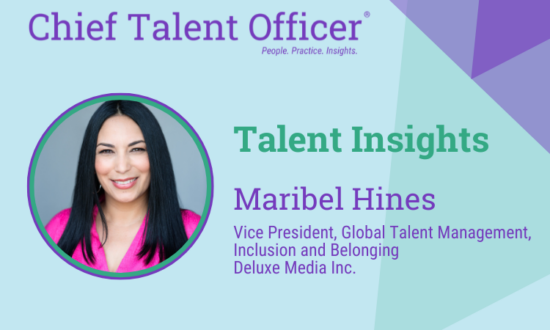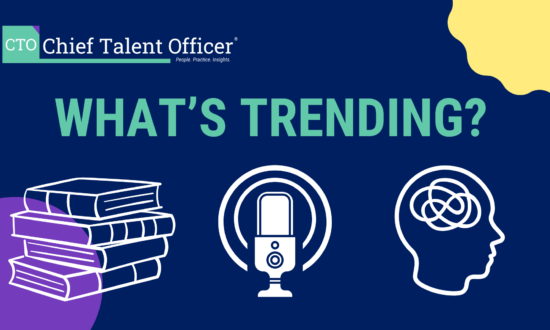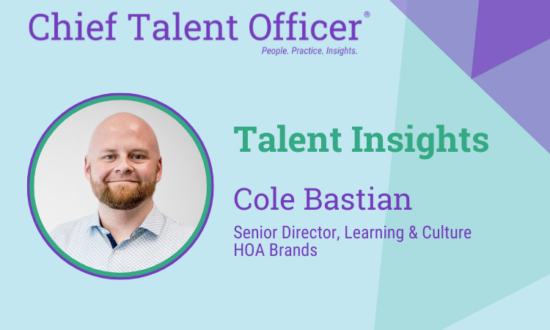Generative AI is one of those rare inventions that will change our world. The printing press, indoor plumbing, automobiles, the Internet—choose your comparison. It’s that significant.
In the dueling war of pundits, some are predicting that AI will reshape our world for the better while others are warning that it will end it. Analyst Josh Bersin notes that every technological watershed has created an abundance of new markets and jobs—and that AI will be no different. On the other side of the aisle, Elon Musk and a slew of senior researchers have pleaded that we slow AI’s development, and these concerns have been seconded by op-ed pieces in The New York Times and The Washington Post.
While the debate rages on, ChatGPT attracted a staggering 1 million users in just five days of its release. For the sake of comparison, it took the iPhone two months to reach this and Netflix three years to gain the same number of subscribers.
The applications for AI tech are as varied as the job responsibilities of our workforce. Just ask ChatGPT, and it’ll give you hundreds of ways that AI technology will help workers across industries. But how will it help tomorrow’s people leaders?
7 ways leaders can use AI
AI has the potential to help people leaders in numerous ways. It can review massive amounts of quantified and observed data and synthesize the corpus of knowledge to create materials, generate plans and help with almost anything on a leader’s to-do list.
Here are some compelling benefits generative AI offers leaders:
- Making decisions: AI can incorporate data, insights, decision-making models, criteria selection, and many other assets, empowering AI-assisted leaders to be more informed and, hence, better decision makers.
- Connecting with employees: AI can review communications and make suggestions to improve relationships, or it can act as a practice partner for leaders. It can gather employee satisfaction information from direct reports and provide personalized recommendations on how to work with each person.
- Managing time: AI is an ideal virtual assistant. It can understand the challenge of schedule optimization and communicate with people and other AI platforms behind the scenes.
- Hiring: The process of screening resumes, managing assessments and prioritizing candidates can be accelerated with AI. Since AI can demonstrate biases, though, HR professionals need to be aware that recommendations can be flawed and take steps to counteract systemic bias.
- Conducting research: Generative AIs can retrieve information, synthesize it and present it. The final product can be a quantum leap above web searches, as it reviews countless sources and does a reasonably good job summarizing what it finds. It’s impressive how effective ChatGPT is when given the right prompts.
- Creating content: A popular use of generative AI is to write papers, blog posts and contracts. Dubbed “first draft automation,” professionals are also using it to write and debug software code, create and edit images and handle many other creative tasks. A word of caution: Google is now tagging content produced by generative AI as spam, so you’ll want to rework anything you create if you plan to post it.
- Boosting performance: AIs can assess the level of performance of a person or team and share relevant tips on how to improve the situation. Managers can use generative AI to create quick training materials, assessments and tools based on common practices.
These are but a few of the more likely manifestations of AI in the leadership domain.
AI as a leadership enhancer
AI’s powerful capabilities will be able to boost the abilities of leaders well beyond their normal capabilities. It can serve as an assistant, a coach, a copilot, a confidante. Because leaders have different skillsets and weaknesses, AI can help each leader in a unique way to cover their bases and lead in a more informed and insightful way.
Why not apply AI’s impressive potentials to help people become the leaders and managers they aspire to be? It’s a question that might cause you to pause. The prospect of using AI might make you feel excited… threatened… hopeful… worried… vulnerable. You’re not alone.
Resisting and embracing AI
The introduction of a new technology always causes resistance. It’s a historical pattern so deeply rooted that it even happens when relatively non-threatening innovations, such as the refrigerator, were introduced. The reason is that an important innovation can threaten our sense of self and our place in a world. AI is certainly evoking such reactions: only 9 percent of the US population thinks it’s a positive development.
But generative AI’s story is more nuanced. The Adoption Curve, a phenomenon identified by Ohio State professor Everett Rogers in 1962, gives clues to how generative AI will be received over time.
Rogers’ model predicts that for any innovation:
- 2.5 percent of the population will adopt it out of pure enthusiasm—even before it even works (innovators)
- 13.5 percent will jump in early because they are enamored with the benefits and want first-mover advantages (early adopters)
- 34 percent are pragmatists who will adopt it once the innovation is proven and there are no additional costs associated with it (early majority)
- 34 percent will jump in late, but in time not to be left too far behind (late majority)
- 16 percent will adopt it only when forced (laggards)
A recent survey found that 29 percent of Gen Z, 28 percent of Gen X and 27 percent of Millennial respondents use generative AI tools at work. This suggests that we are moving rapidly through the adoption curve. Considering that the latest version of ChatGPT and similar products were released only a few months ago, the rate of adoption is staggering.
Speeding adoption
Where are you and your colleagues on the AI adoption curve? Have you given it a try? Do you use it every week? Are you ignoring it until you can’t anymore? You can start by understanding your fears about it.
It can be hard to tease apart these worries, but people often talk about fear of losing control, fear of having their quality of life decline, fear of losing their freedom or fear of the unknown.
Every leader must decide how much time to invest in AI adoption. I would suggest, though, that we all view AI as a major global trend with the potential to be profoundly impactful: a phenomenon as important as—if not more than—the Internet has been in the last 25 years. So lean in if you can. This is one bus you don’t want to miss.















